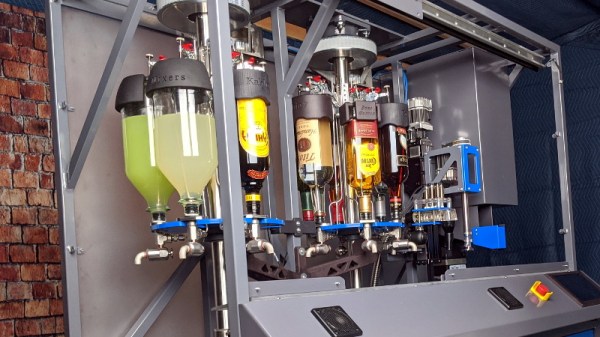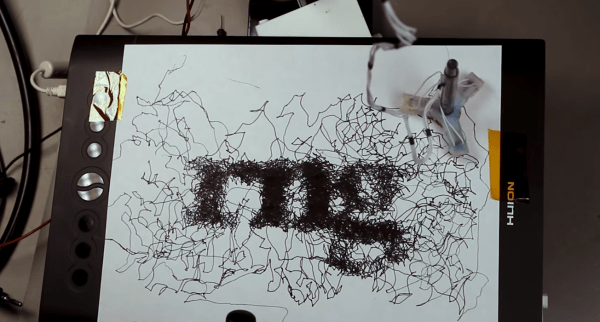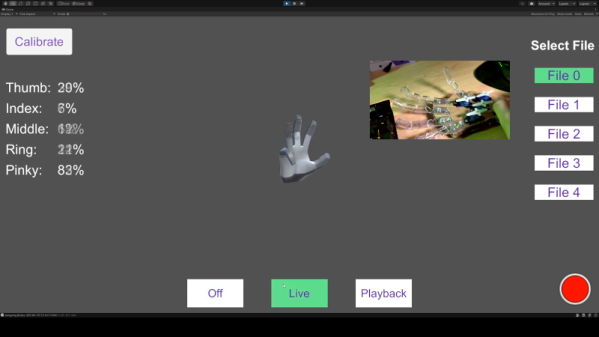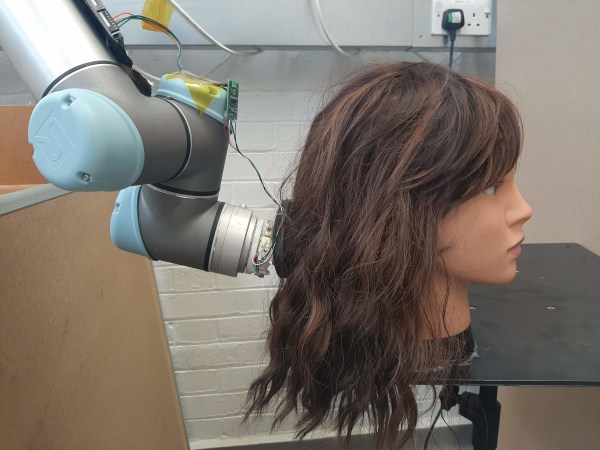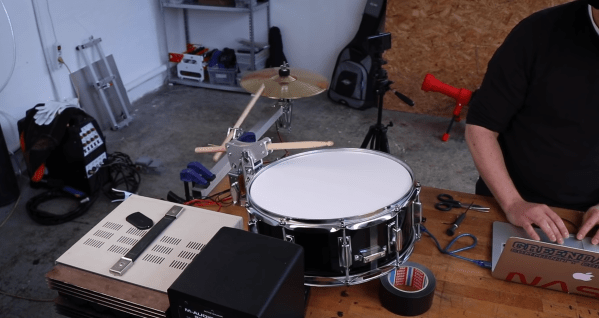Commercially available radio control tanks are fun and all, but sometimes you’ve just got to build your own. [Let’s Print] did just that, whipping up a tank on his 3D printer before taking it out in the snow.
The tank is a fairly straightforward build, relying on a pair of brushed motors for propulsion, controlled by twin speed controllers hooked up to standard radio control hardware. Everything else is bespoke, however, from the 3D printed gearboxes, to the chassis and the rather aggressive-looking tracks. The pointed teeth of the latter leave deep indentations when the tank cruises around on mud, though weren’t quite enough to stop the little tank from getting high-centered in deep snow.
The build isn’t for the impatient, however. [Let’s Print] notes that the tracks alone took over 80 hours to run off in PETG, let alone the rest of the frame and gearboxes. However, we’re sure it was a great learning experience, and great fun to drive outside. Now the next step is surely to go bigger. Video after the break.


